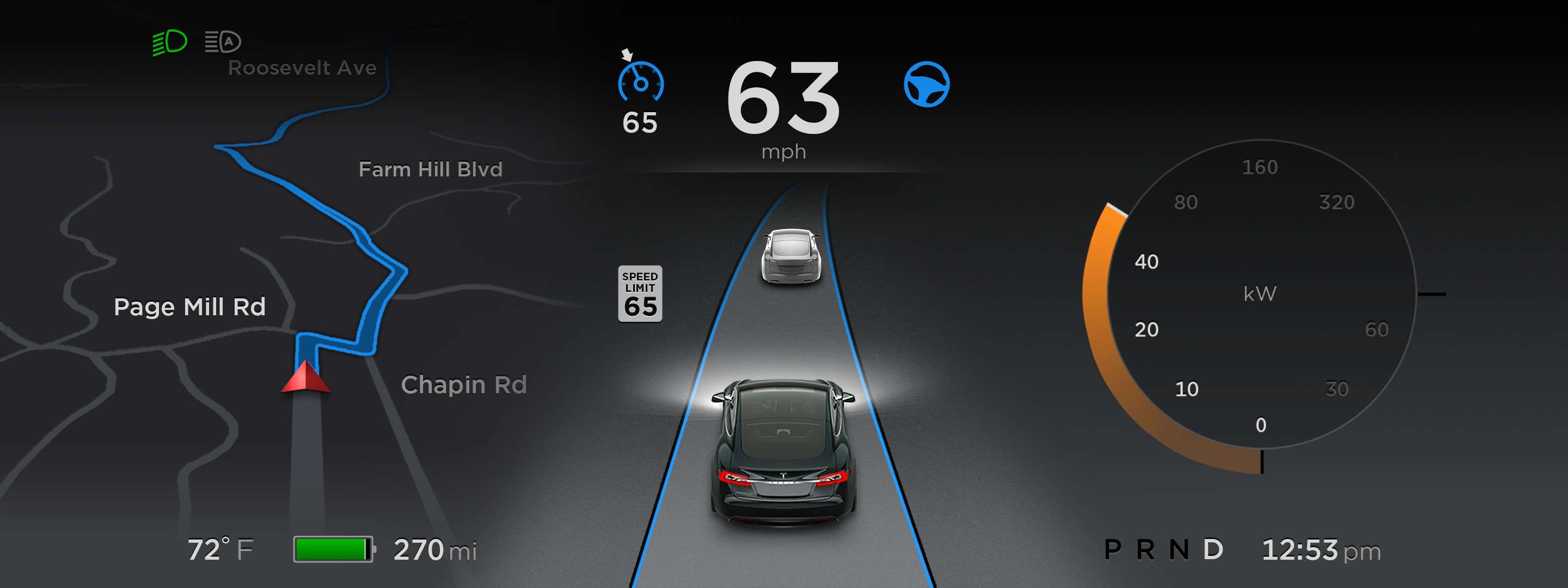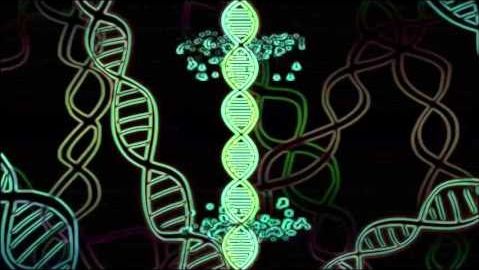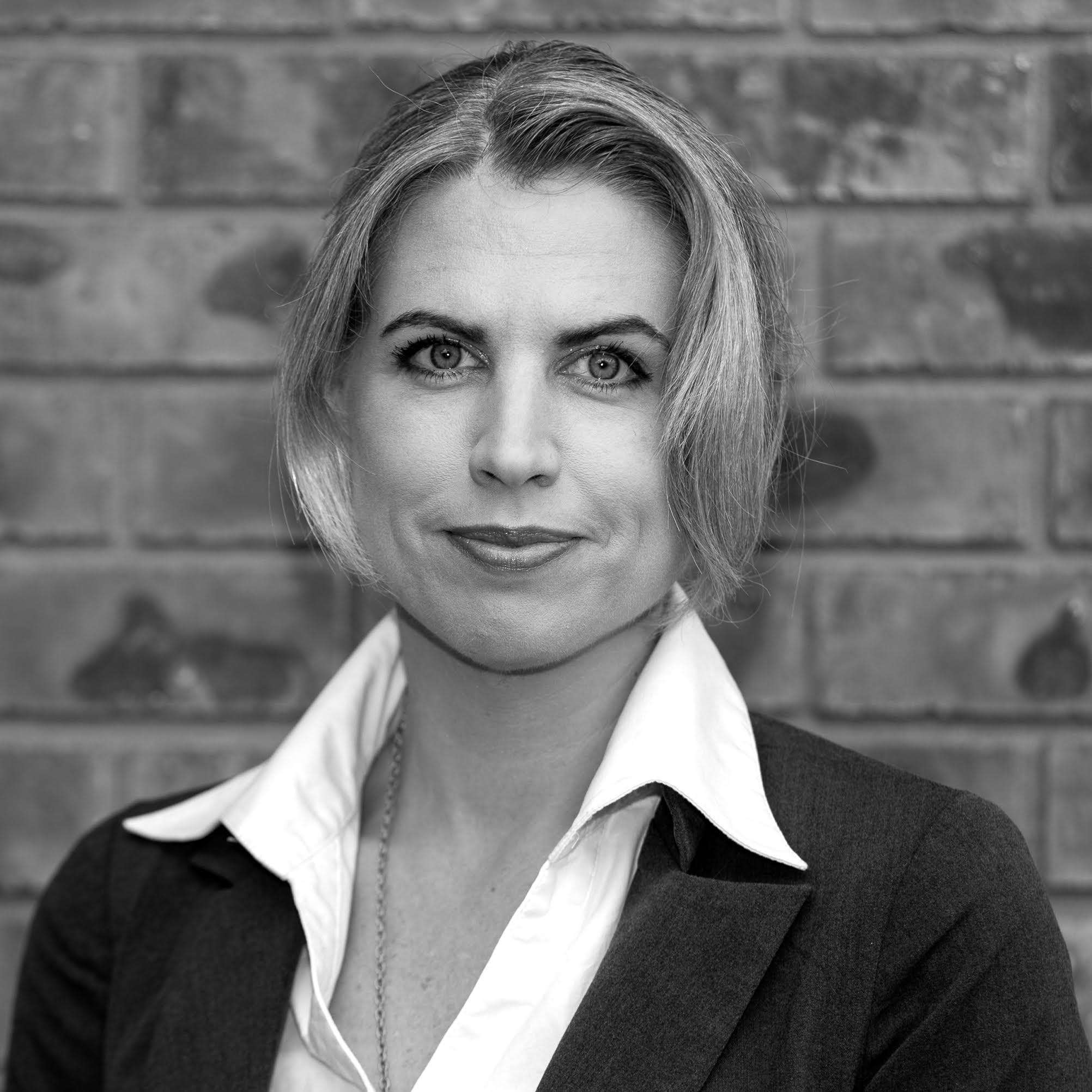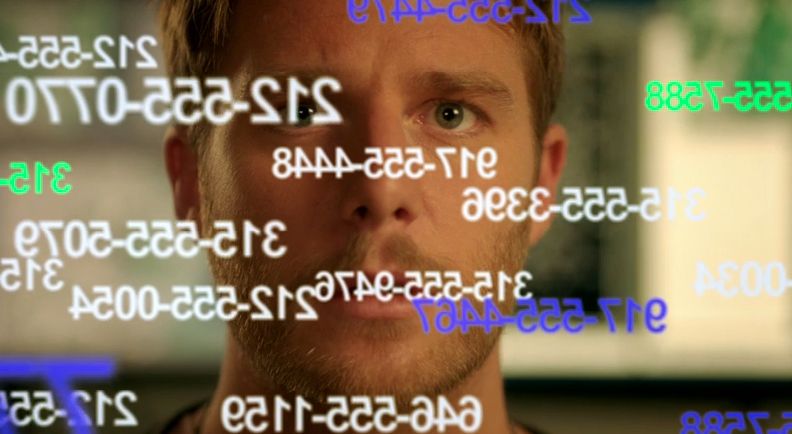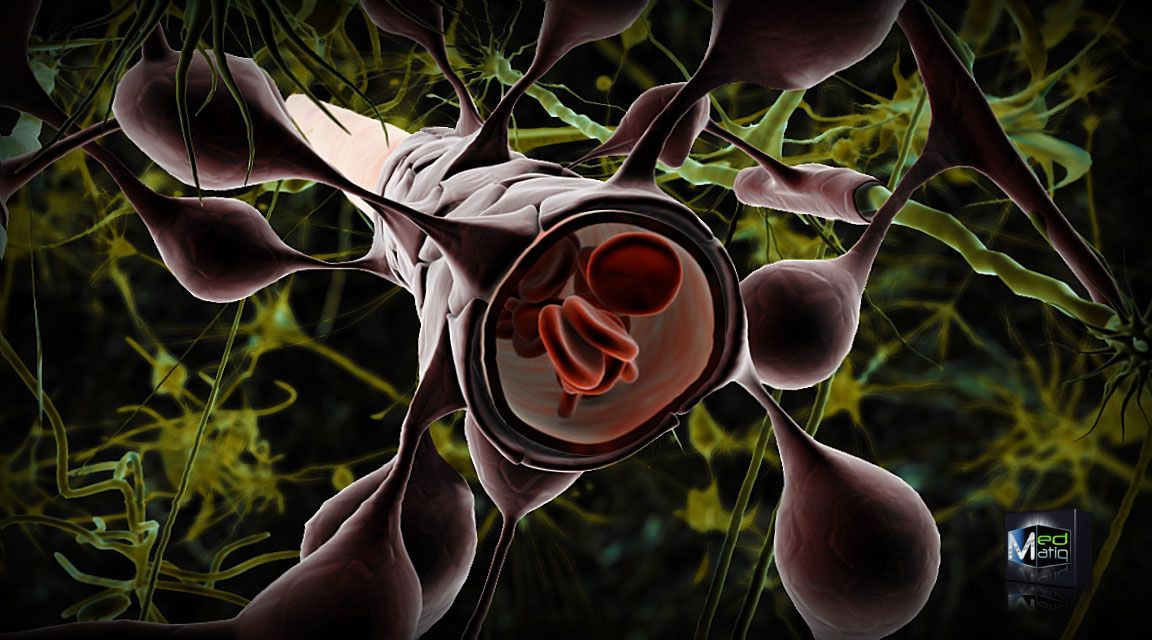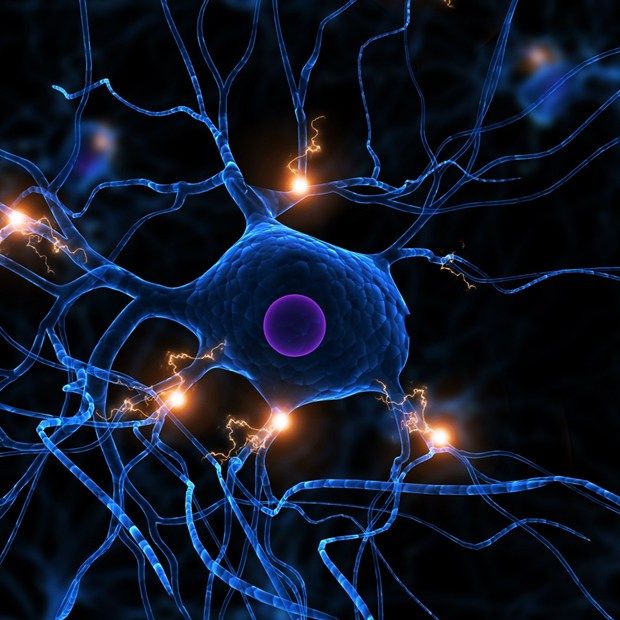Oct 30, 2015
The Autopilot is learning fast: Model S owners are already reporting that Tesla’s Autopilot is self-improving
Posted by Julius Garcia in categories: Elon Musk, neuroscience, robotics/AI, sustainability, transportation
During the press conference for the release of the Autopilot, Tesla CEO Elon Musk referred to each Model S owners as “expert trainers” – meaning that each driver will train the autonomous features of the system to feed the collective network intelligence of the fleet by simply driving the electric vehicle on Autopilot.
He said that the system should improve everyday, but that improvements might only become noticeable every week or so by adding up. Just a few weeks after the release, Model S owners are already taking to the Tesla Motors Club forum to describe how the Autopilot is improving…
